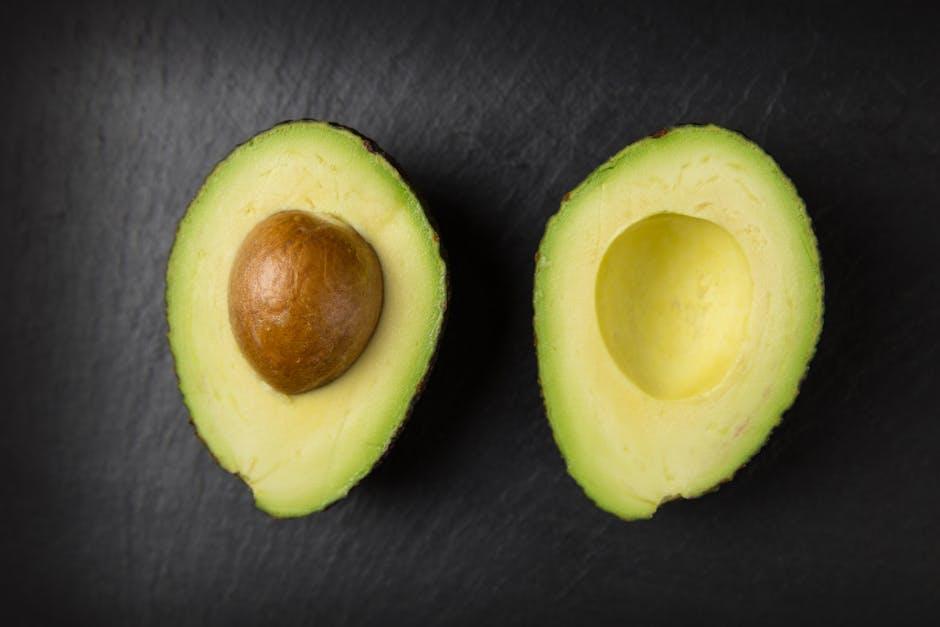In the quest for rapid weight loss, the ketogenic diet has emerged as a formidable contender, captivating the attention of both health enthusiasts and skeptics alike. Rooted in the science of metabolism, the keto diet offers a strategic shift from conventional dietary approaches, emphasizing low carbohydrate intake while promoting high-fat consumption to induce a state of ketosis. This metabolic state encourages the body to utilize fat as its primary energy source, potentially accelerating weight loss. In this article, we will dissect the principles of the keto diet, explore its mechanisms, and evaluate its efficacy as a fast weight loss strategy. Through an analytical lens, we will examine the scientific foundations, practical applications, and potential pitfalls of adopting a ketogenic lifestyle, equipping you with the knowledge to navigate this dietary path with confidence and precision.
Understanding the Science Behind the Keto Diet
The ketogenic diet is rooted in a fascinating biochemical process called ketosis. By drastically reducing carbohydrate intake and replacing it with fat, the body shifts its primary energy source from glucose to ketones, which are derived from fat. This metabolic state is achieved by adhering to a macronutrient ratio that typically consists of:
- 70-80% fat
- 10-20% protein
- 5-10% carbohydrates
This shift in energy utilization is what makes the keto diet a powerful tool for weight loss. As the body becomes more efficient at burning fat, it taps into stored fat reserves, leading to a decrease in body weight. Moreover, ketosis has been shown to suppress appetite-regulating hormones, which can further enhance weight loss efforts. By understanding these scientific mechanisms, individuals can better navigate their journey towards achieving their weight loss goals with confidence and precision.

Crafting a Personalized Keto Meal Plan
Designing a meal plan that aligns with your unique needs is crucial for maximizing the benefits of the keto diet. Start by assessing your daily caloric requirements and macronutrient goals, focusing on high-fat, moderate-protein, and low-carb foods. Begin with the essentials: avocados, eggs, nuts, and healthy oils like coconut or olive oil should become your pantry staples. Integrate leafy greens and non-starchy vegetables to maintain nutrient diversity while keeping carb intake low.
- Breakfast Ideas: Try a spinach and cheese omelette cooked in butter, or Greek yogurt topped with a handful of walnuts.
- Lunch Options: Opt for a chicken salad with olive oil dressing or a lettuce wrap with turkey and avocado.
- Dinner Suggestions: Grilled salmon with asparagus or a beef stir-fry with broccoli and bell peppers.
Regularly track your progress and adjust your meal plan to ensure it remains effective and satisfying. This personalized approach not only helps in achieving weight loss goals but also supports a sustainable and enjoyable dietary lifestyle.

Balancing Macronutrients for Optimal Ketosis
Achieving and maintaining optimal ketosis hinges on a meticulous balance of macronutrients. This delicate equilibrium allows your body to efficiently shift from using glucose to burning fat for energy. To fine-tune your diet for ketosis, consider the following key points:
- Fat: Make it the cornerstone of your daily intake, comprising about 70-75% of your total calories. Prioritize sources like avocados, olive oil, and grass-fed butter to ensure quality and variety.
- Protein: Aim for a moderate intake, around 20-25% of your daily calories. Choose lean meats, fish, and eggs, but be wary of excessive protein, as it can convert to glucose and hinder ketosis.
- Carbohydrates: Keep them low, usually between 5-10% of your daily calories. Focus on non-starchy vegetables and low-sugar fruits, like berries, to provide essential nutrients without breaking ketosis.
By adhering to these macronutrient ratios, you’ll create a metabolic environment conducive to rapid fat loss while minimizing potential pitfalls. Trust in this structured approach to propel you towards your weight loss goals with unwavering confidence.

Monitoring Progress and Adjusting Strategies
Embarking on a fast weight loss journey with the keto diet requires continuous evaluation and fine-tuning of your approach. Regularly monitoring your progress is crucial to ensure that your efforts are aligned with your goals. Start by keeping a detailed food diary to track your daily intake of carbohydrates, fats, and proteins. This will help identify any patterns or foods that might be hindering your progress. Additionally, consider using a body composition scale to measure changes in body fat percentage, rather than solely focusing on weight loss. This holistic view will provide a more accurate picture of your success.
Adjusting strategies based on your findings is essential for sustained progress. If weight loss stalls, evaluate the following factors:
- Carbohydrate intake: Ensure that your daily carb consumption remains within the recommended range for ketosis, typically 20-50 grams per day.
- Caloric intake: Reassess your calorie consumption to ensure it aligns with your energy expenditure.
- Exercise routine: Incorporate strength training and high-intensity interval training (HIIT) to boost metabolism and enhance fat loss.
- Hydration levels: Stay adequately hydrated to support metabolic processes and reduce cravings.
- Sleep quality: Prioritize restful sleep, as inadequate rest can impact hormone levels and impede weight loss.
By consistently monitoring and adjusting your approach, you’ll be better equipped to overcome obstacles and achieve your fast weight loss goals with the keto diet.
